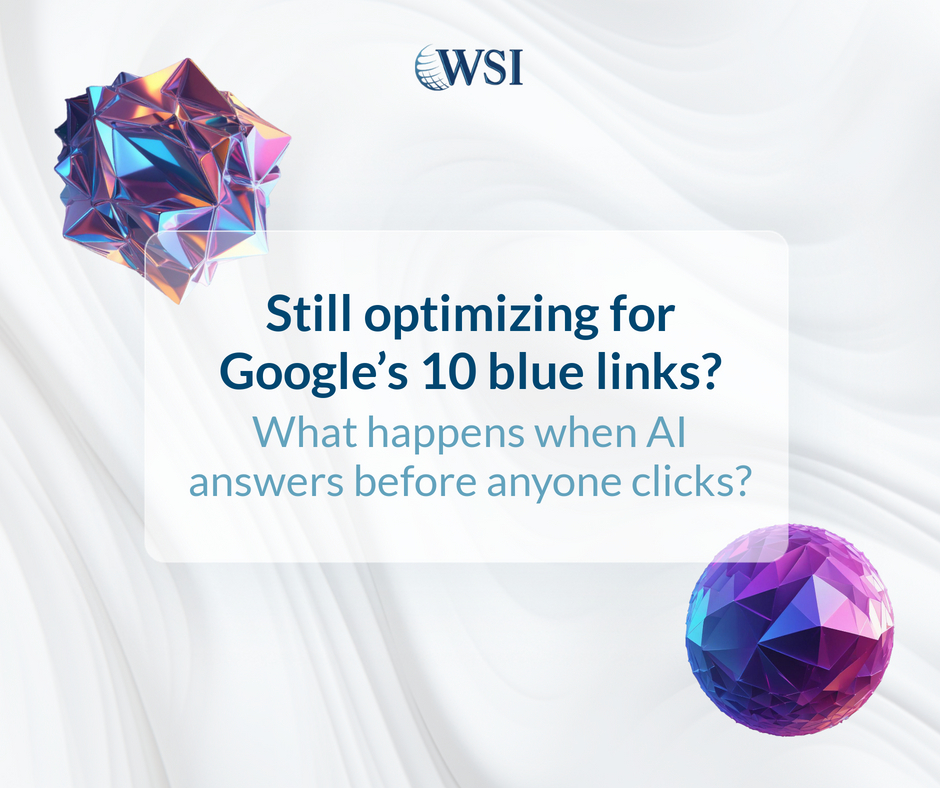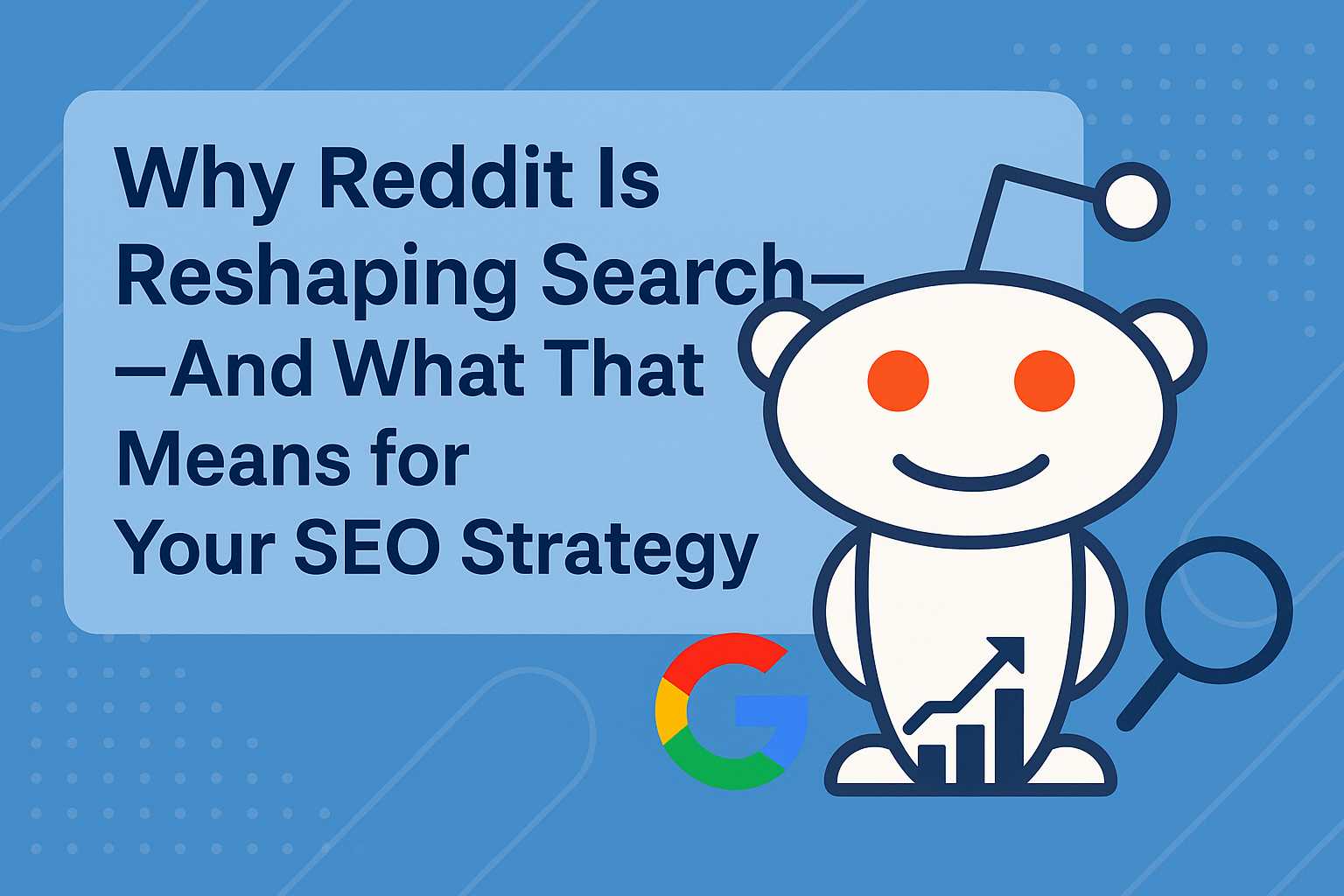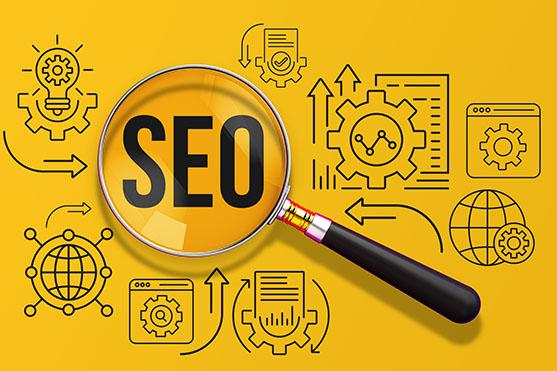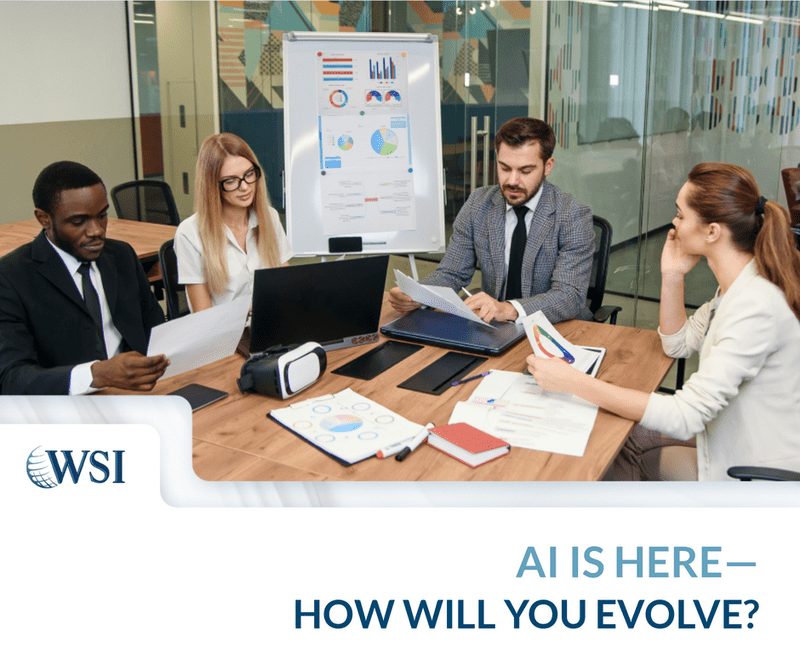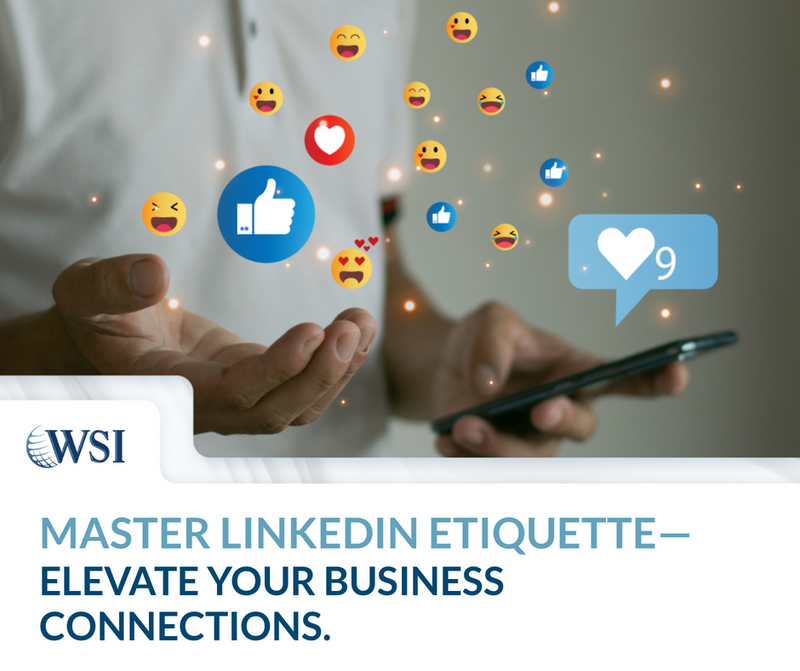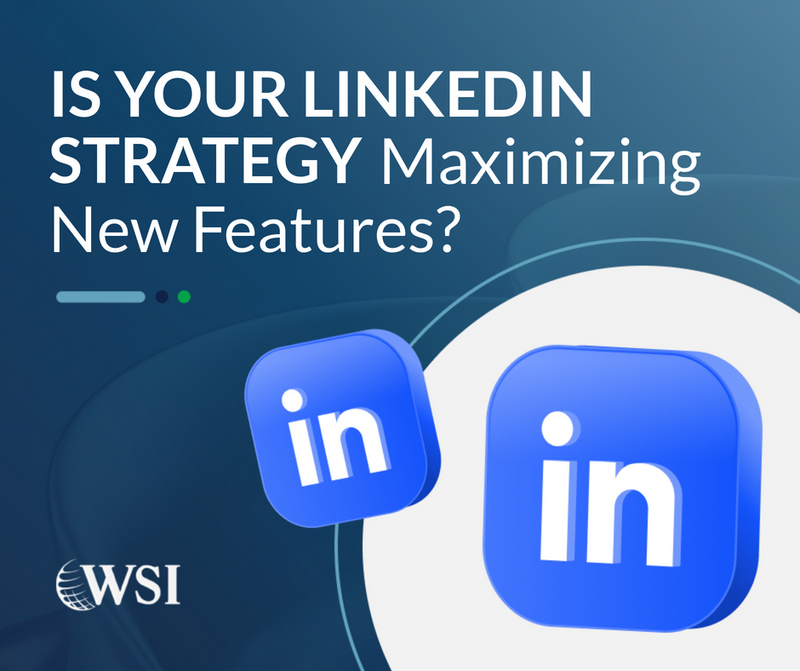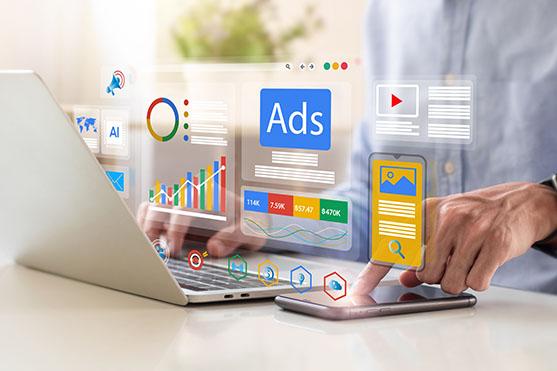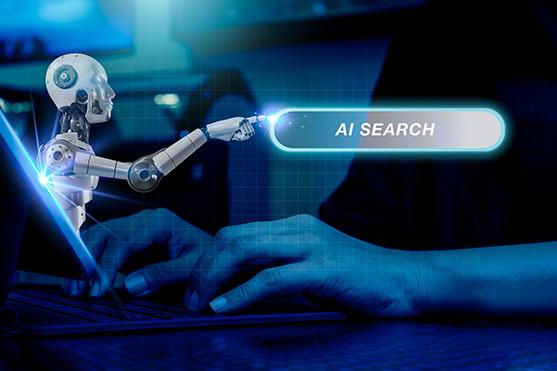How AI is Revolutionizing SEO: Lessons from the Front Lines
A few years ago, if someone told me AI would become an essential part of every SEO strategy, I might have raised an eyebrow. Fast-forward to today, and I’ve just come out of a WSI webinar titled “Triple Your SEO Traffic with AI.” The session wasn’t theory—it was a roadmap drawn from our real-world experiments, refined by practitioners who live in Google Search Console and wake up to algorithm updates. 😉
Let me walk you through what we’re seeing—and how we’re adapting—so you can do the same.
SEO Isn’t Dead—But It Has Evolved
There’s a question that’s been circulating ever since generative AI hit the mainstream: Is SEO dead?
The short answer: No. The better answer: It’s evolving faster than ever.
Based on our experiences one point remains very clear—AI hasn’t replaced SEO. It’s reshaped it. Between AI Overviews pushing organic links down the page, and daily algorithm changes (yes, multiple per day), SEO professionals have to think smarter, not just work harder.
“As long as people are searching, SEO will remain—just not in the form we’ve known it.”
The New Search Reality: What’s Different in 2025
From the front lines of SEO, here’s what’s changed—and what demands a new playbook:
1. AI Overviews Dominate Above the Fold
Google now serves AI-generated summaries before ads and organic results. If you’re not optimizing for this, you’re invisible.
2. Zero-Click Searches Are On the Rise
More users get their answers directly from the SERP. Winning means owning the snippet, not just ranking well.
3. Search Is More Personal
With data from Gmail, Android, and Gemini, results are personalized at a granular level. Your content must align with individual user intent, not just generic keywords.
4. Voice and Visual Search Are Mainstream
The next generation doesn’t type—they talk and snap. AI optimization now includes audio, images, and video recognition.
Strategy Shift: From Keywords to Clusters and Intent
For years, we built SEO strategies around keywords. Today, the smart agencies are building topic clusters and prioritizing user intent. A winning approach includes:
-
Mapping multiple intent types (transactional, informational, local)
-
Building pillar content supported by tightly themed cluster articles
-
Using AI tools to identify gaps and overlapping content, then merge strategically
One case study shared showed that cleaning up overlapping content and properly redirecting URLs boosted SEO traffic by 10–14%.
AI Is a Tool—Not a Shortcut
Here’s where expertise matters. Yes, AI can accelerate content creation, keyword ideation, and technical audits. But 100% AI-generated content? Risky.
Google may not penalize AI content outright, but it does reward originality, depth, and relevance—things AI can only support, not create.
Tip: Use LLMs like ChatGPT or Gemini for research and structure. Then rewrite with a human touch and subject-matter insight.
Five Ways We’re Using AI to Triple SEO Impact
At WSI, we’ve built a layered system to integrate AI into our SEO workflows:
1. AI-Powered Content Merging & Optimization
Identify and consolidate similar pages using LLM prompts. Maintain redirects and update internal links.
2. Smart Keyword Research by Persona & Intent
Use prompts tailored to user personas and buying stages to surface long-tail, voice-search-friendly phrases.
3. Automated Structured Data & FAQs
AI tools can write FAQ schema, alt tags, and product markups in seconds—especially useful for ecommerce and service-based businesses.
4. Content Hubs for Authority Building
Organize content into clear hubs. Start with SEO fundamentals, then expand with content marketing fueled by user questions and trends.
5. Internal Linking Optimization
Use AI to spot linking opportunities across new and legacy pages. This helps search crawlers and boosts user engagement.
Tools Worth Exploring
These aren’t gimmicks—they’re part of our standard toolkit now:
-
ChatGPT: Ideation, persona mapping, and draft refinement
-
Google Gemini: NLP-powered rewrites and content suggestions
-
Microsoft Copilot: Seamless integration into Microsoft 365 environments
-
SEMrush AI Tools: Especially useful for Google Business Profile enhancement and local SEO
-
Screaming Frog + ChatGPT: For metadata, broken links, and scalable optimization
Local SEO in an AI World
Local search hasn’t been spared by AI. With generative results and local business schema in play, here’s what we advise:
-
Optimize your Google Business Profile with AI-researched categories and descriptions
-
Create location-targeted service pages with unique, relevant content
-
Use AI tools to identify nearby towns and suburbs worth targeting—then build for them
These practices ensure you’re not just ranking—but dominating—in your service area.
The Takeaway: Blend AI with Human Expertise
The winning formula isn’t AI vs. human—it’s AI + strategic execution.
In a world where billions of pages are generated daily, your content needs more than keywords—it needs insight, structure, and originality. AI can help you get there faster, but your experience and human understanding will always be what sets your strategy apart.
So no, SEO isn’t dead. But lazy SEO is.
Let’s evolve—with intention.
Want help adapting your SEO strategy to this new landscape?
We’re here to help. Contact us to start a conversation about how AI-powered SEO can drive measurable growth for your business.

